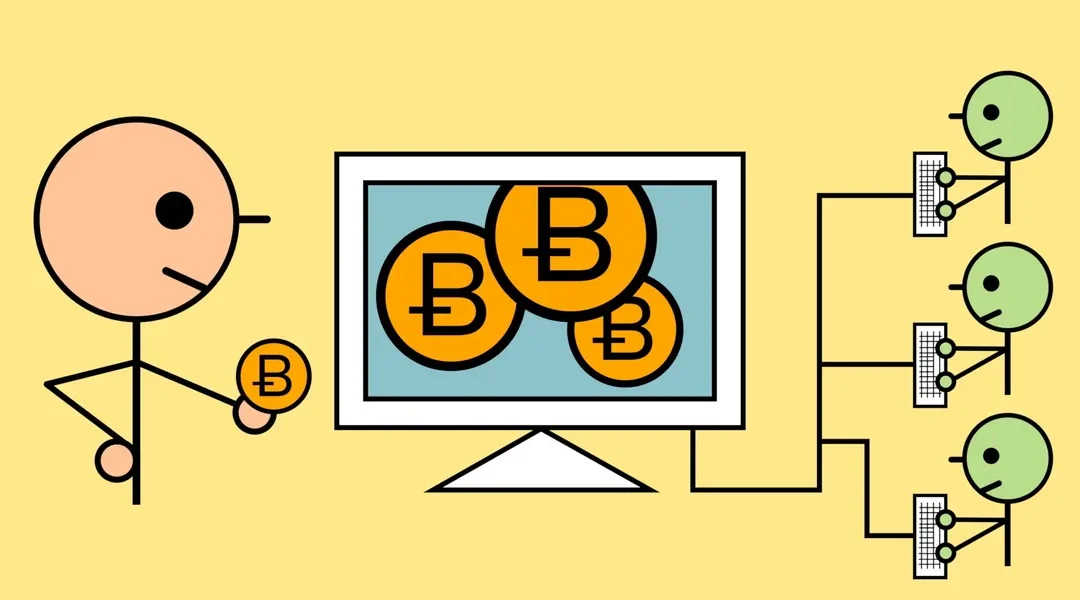Have you ever wondered about the inner workings of blockchain technology? It’s like a digital ledger that records transactions across multiple computers in a secure and transparent manner. But how exactly are blockchains managed? Let’s delve into this fascinating world together.
Understanding Blockchain Management
Imagine a network of computers (nodes) spread across the globe, each holding a copy of the blockchain. These nodes work together to validate and record transactions in blocks, which are then linked together to form a chain. But who oversees this process?
The management of blockchains involves several key components:
Consensus Mechanisms
Blockchains rely on consensus mechanisms to ensure agreement among nodes regarding the validity of transactions. Popular mechanisms include Proof of Work (PoW), where nodes compete to solve complex mathematical puzzles, and Proof of Stake (PoS), where validators are chosen based on the amount of cryptocurrency they hold.
Decentralized Governance
Unlike traditional centralized systems, blockchains operate on decentralized governance models. This means that decisions regarding protocol upgrades, governance rules, and network changes are made through consensus among network participants rather than a single authority.
Smart Contracts
Smart contracts are self-executing contracts with the terms of the agreement directly written into code. They enable automated transactions and enforce rules without the need for intermediaries. Smart contracts are managed by blockchain nodes and executed when predefined conditions are met.
Node Operators
Node operators play a crucial role in managing blockchains by maintaining copies of the blockchain, validating transactions, and participating in the consensus process. These operators can be individuals, organizations, or entities incentivized to contribute to the network’s security and integrity.
Blockchain Governance
Blockchain governance encompasses the processes and mechanisms for making decisions and implementing changes within a blockchain ecosystem. This includes discussions on protocol upgrades, community proposals, and voting mechanisms to achieve consensus on network changes.
Conclusion
In conclusion, the management of blockchains involves a combination of consensus mechanisms, decentralized governance, smart contracts, node operators, and blockchain governance processes. It’s a dynamic and evolving ecosystem driven by collaboration and consensus among network participants. As blockchain technology continues to mature, understanding how blockchains are managed is essential for navigating this transformative landscape.
So, next time you hear about blockchains, remember the intricate web of mechanisms and participants working together to manage this revolutionary technology. It’s not just about digital ledgers and cryptocurrencies; it’s about reshaping the future of how we transact, govern, and interact in the digital age.

